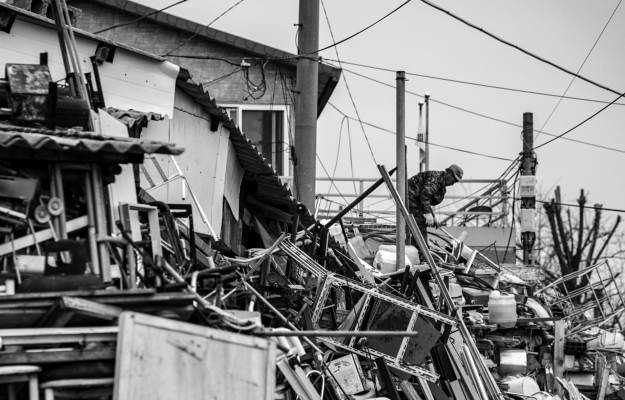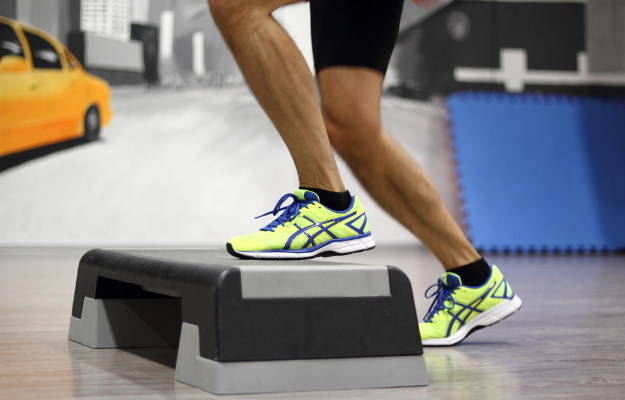The first 24-48 hours after an incident are crucial. Death in the first 24 hours mostly occurs by shock or airway obstruction and breathing problems. Death thereafter is often due to sepsis and multi-organ failure.
Typical injuries in a structure collapse include fractures, trauma, lacerations (cuts or open wounds), head injury, hypothermia (low body temperature), dehydration, and crush injury/crush syndrome. Victims may also inhale toxic fumes or dust, leading to further problems.
Treatment options may differ widely based on the nature of the person’s injuries, the situation (whether it is safe for rescue workers and medical staff to go in or better to remove everyone inside the collapsed structure before offering medical assistance) and the help available at the time. That said, here are some broad things that rescue workers and medical practitioners often do to save lives in case of a structure collapse:
- During rescue efforts, it is obviously important to remove anything that obstructs breathing first. To restore breathing, NDRF rescue workers may have equipment such as nebulizer, manual suction unit, oxygen concentrator, bag valve mask and pulse oximeter.
- It’s also important to take in the situation and understand if removing rubble or piece of construction material could cause significant bleeding—in these cases, a medical practitioner or trained rescue worker should ideally be on hand to tourniquet a wound to stop the bleeding.
- They may also need to splinter broken bones—depending on the soundness of the structure, this may be done before or after shifting the patient to a safe area.
- Concussion and head injuries require immediate hospitalization. A stiff neck collar (cervical collar) is often used to immobilize the head and neck, to avoid further damage to the head, neck and spine.
- Sometimes, on-site amputations are necessary to rescue a person from the collapsed structure or save them. This, too, needs to be done by a trained medical worker.
- Though it may seem counter-intuitive, it is a bad idea to relieve heavy pressure in case someone has been pinned down by rubble for over 15 minutes—medical staff should ideally be on hand as the pressure is relieved slowly. In case they suspect crush syndrome, the patient may be given fluid therapy with salts like sodium bicarb to make their urine more alkaline.
Rescue workers must always wear protective gear, including helmets, dust masks, earplugs, safety glasses, heavy-duty gloves, steel toe boots, and coveralls.
Rescue work and what is known as confined space (medical) care require lots of training and skill to save lives. For example, for airway management in building collapse victims, rescue experts may use “suction, bag valve mask, oral airways, laryngoscope, nasotracheal tubes, and endotracheal tubes (to restore normal breathing).... If there is a concern of dust inhalation, then albuterol or ipratropium may be useful.” In case of suspected crush syndrome, doctors or trained rescue staff may need to start an intravenous drip—or where that is not possible, start an intraosseous line—to give the age-appropriate amount of saline. This requires a level of commitment to lifelong training saving lives that is truly commendable.
This article is a brief overview of the potential injuries—especially fatal injuries—that may occur when a building or structure collapses.











































